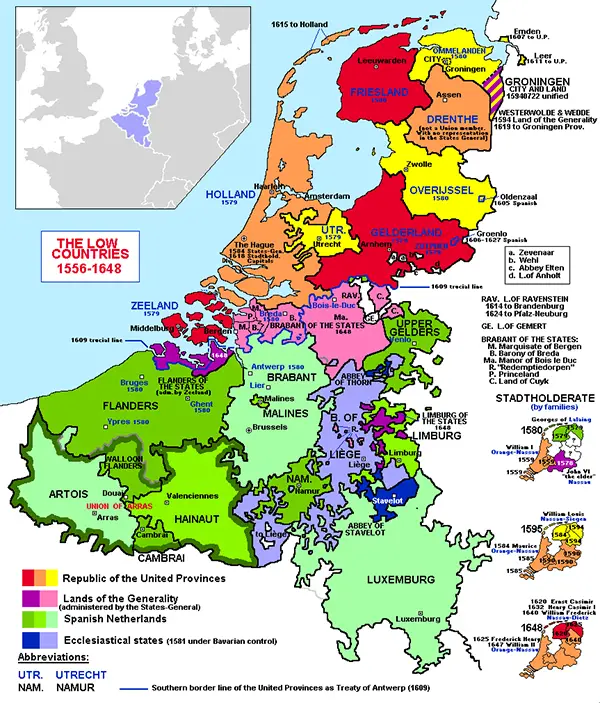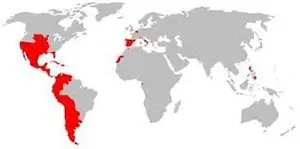The Dutch Republic
Part 1: The Prelude The Dutch Republic was a political and geographical confederation of the European Low Countries that existed for a few centuries in the early modern era. It was a nominally representative government that oversaw the doings and dealings of a number of important Dutch cities. In the 16th Century, the Seventeen Provinces of the Low Countries were these:

At this time, those provinces were under the control of the Holy Roman Empire. Emperor Charles V alienated many in the Low Countries in two fundamental ways: by increasing their taxes without extending them any kind of consequent benefit and by challenging the rise of Protestantism. Each had its own set of difficulties. 
The taxes imposed on the Low Countries–and those taxes were imposed on other parts of the Holy Roman Empire as well–helped to finance wars against France and intrigues in Italy and to contain an uprising in Spain. Nominally, trade flowed between the Low Countries and all of the Empire's antagonists. The war over which monarch ruled the Kingdom of Naples, say, didn't so much protect the people in Flanders or Guelders from attack; rather, it kept them from doing business in Naples. As well, people in the Low Countries chafed under the Habsburg yoke, and having to pay for a faraway war would have exacerbated those ill feelings. Next page > The Coming of War > Page 1, 2, 3 |
|
Social Studies for Kids
copyright 2002–2024
David White




